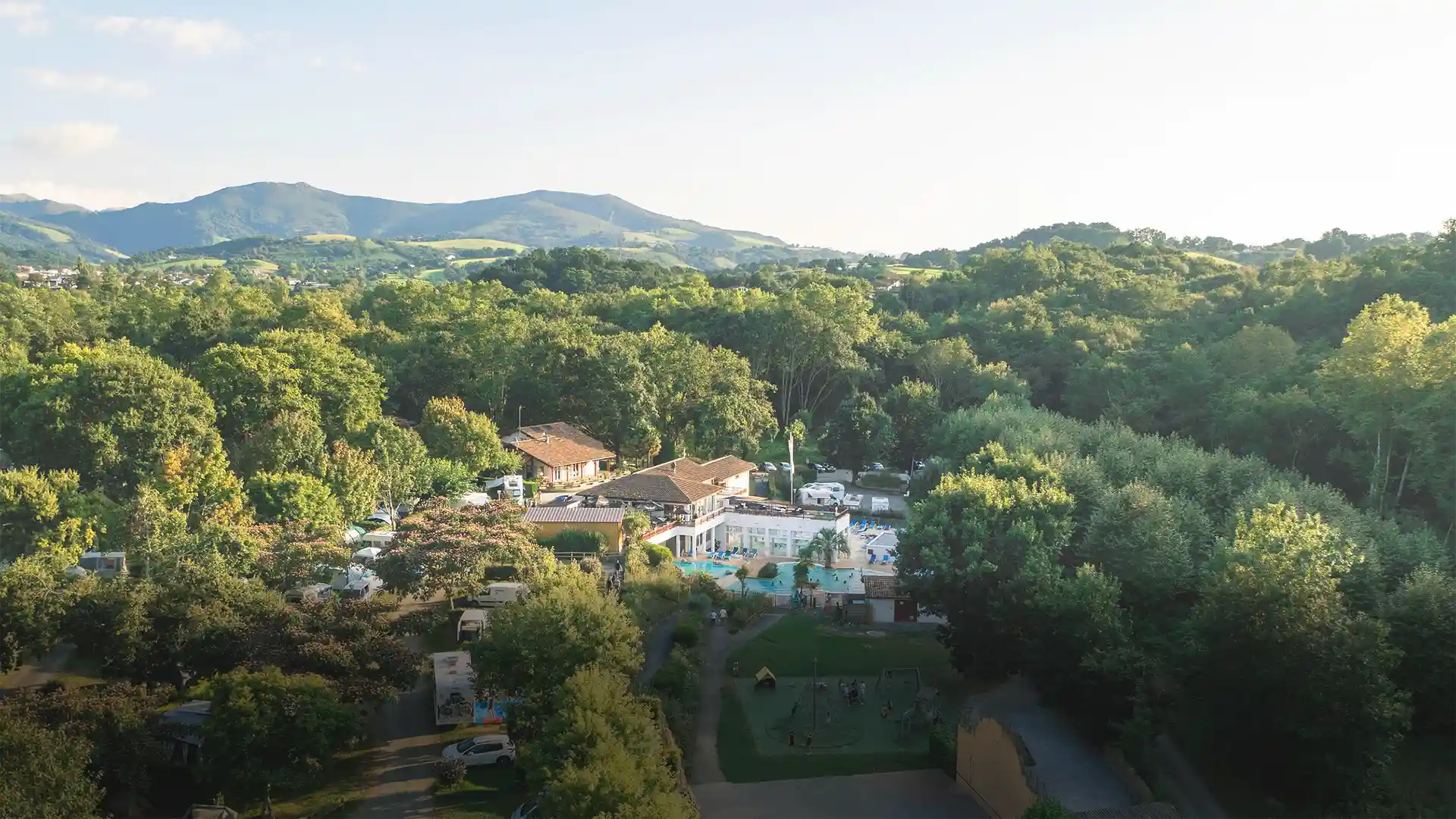Saint-Jean-Pied-de-Port: a UNESCO World Heritage gem
In Basse-Navarre, in the heart of the Basque Country, discover Saint-Jean-Pied-de-Port, a small medieval town in the Basque Country classified as one of the “Most Beautiful Villages in France”. After visiting the historic center, a UNESCO World Heritage site, you’ll follow in the footsteps of the pilgrims to Santiago de Compostela, on the last stage before crossing the Pyrenees to Roncesvalles.

A journey through time in the heart of the Basque Country
Nestled between the Basque coast and the Spanish border, Saint-Jean-Pied-de-Port (Donibane Garazi in Basque) was erected as a fortified town in the 12th century by the kings of Navarre. From then on, the Basque city became a major stopover on the route to Santiago de Compostela. Even today, many pilgrims begin their journey here.
Listed as a UNESCO World Heritage Site since 1998, this small medieval town in the Pyrénées-Atlantiques region has preserved its medieval character, with cobbled streets, a citadel and listed walls, timber-framed houses and white facades with red or green shutters. The Porte Saint-Jacques, the citadel, the bishops’ prison, the Notre-Dame church and the Roncevaux pass are just some of the sites not to be missed. As an added bonus, the Route Impériale des Cimes offers superb panoramic views of the Pyrenees mountain range.
Saint-Jacques Gate
Listed as a UNESCO World Heritage Site since 1998, the Porte Saint-Jacques is the historic entrance for pilgrims from Compostelle en route to de Roncevaux. It is the most easterly of the five gates in the Saint-Jean-Pied-de-Port wall. From this gate, you can admire a lovely view of theArradoy hill, former red sandstone quarries now planted with vines under the Irouléguy appellation,Europe’s smallest vineyard.
The citadel of Saint-Jean-Pied-de-Port
Overlooking the village, the citadel of Saint-Jean-Pied-de-Port stands proudly atop the Mendiguren hill , offering a breathtaking view over the valleys of the Pays de Cize and the vineyards ofIrouléguy. Erected in the 17th century on the site of the former medieval château, the building foreshadowed the techniques employed by Vauban. The French army was stationed here until 1923. In 1965, the citadel became a secondary school. During the summer months of July and August, guided tours of the citadel take place every Monday and Wednesday.
The Bishops’ Prison
In the rue de la Citadel, in the heart of the old town, the enigmatic prison of the Bishops is another landmark in the city’s history. Saint-Jeannaise. A narrow staircase leads up to a large medieval vaulted hall, which today hosts temporary exhibitions, as well as a permanent exhibition devoted to the Jacobean routes in the Middle Ages. Middle Ages. The site also houses a rich collection of traditional Basque costumes.
Notre-Dame church
A must for pilgrims on their way to Santiago de Compostela, Notre-Dame du Bout du Pont church is the most important Gothic building in the Basque Country. Listed as a Monument Historique since 1925, the building is distinguished from other Basque churches by the absence of an altarpiece and by its façade of red sandstone from Mont Arradoy. A beautiful Basque church well worth a visit!
Also read: Nore address book in Saint-Jean-Pied-de-Port
Roncesvalles pass
Saint-Jean-Pied-de-Port is one of the main pilgrimage routes to Santiago de Compostela. It is the last stop before crossing the Pyrenees to Roncesvalles, where the rearguard of Charlemagne’s armies was decimated in 778. In this battle, the Saracens gain the upper hand and Charlemagne’s nephew Roland dies a heroic death. This feat of arms is recounted in the famous “Chanson de Roland”, an epic poem from the 11th century.
The Imperial Road to the Peaks
Surrounded by the Pyrenean peaks, Saint-Jean-Pied-de-Port is linked to Bayonne by the Route Impériale des Cimes (RD 22), a road built by Napoleon I during the Spanish War of Independence. This winding, fifty-kilometer route offers superb panoramic views of the Pyrenees mountain range, with breathtaking views of La Rhune mountain and Mount Artzamendi. The road’s profile and viewpoints make it an ideal route for cyclists. The Tour de France used part of the road on several occasions.
photo@CC0 Public domain, pxhere


